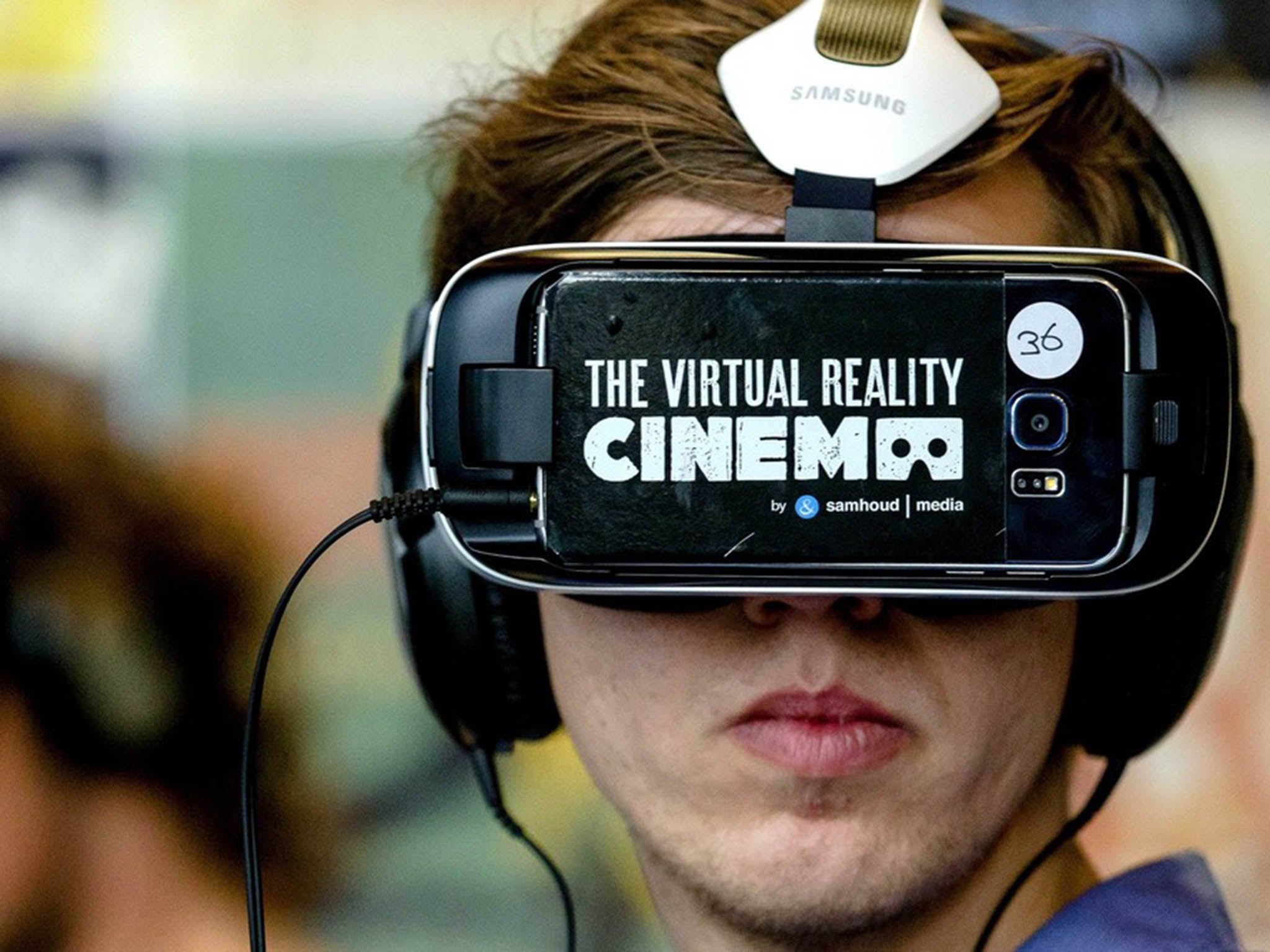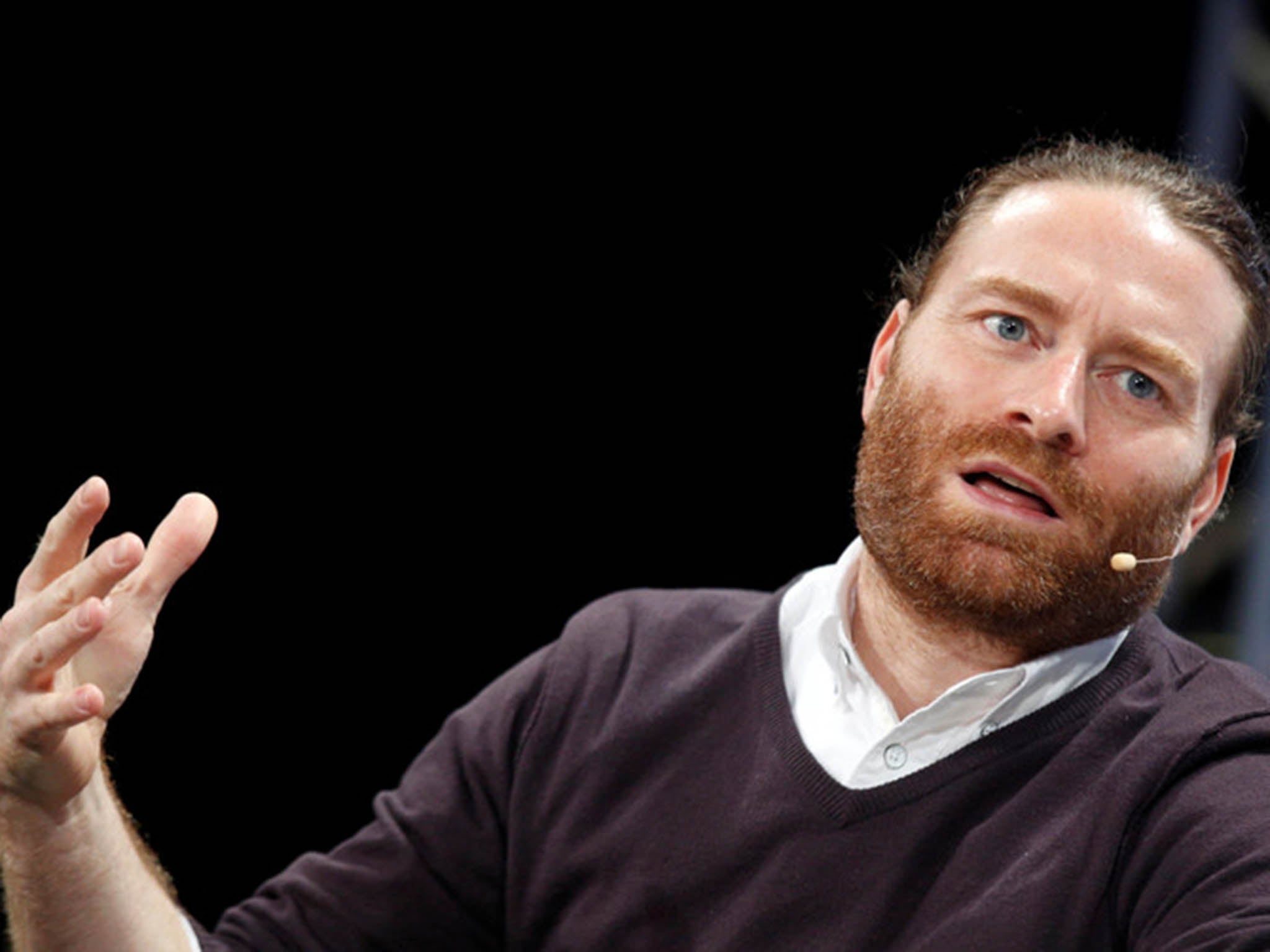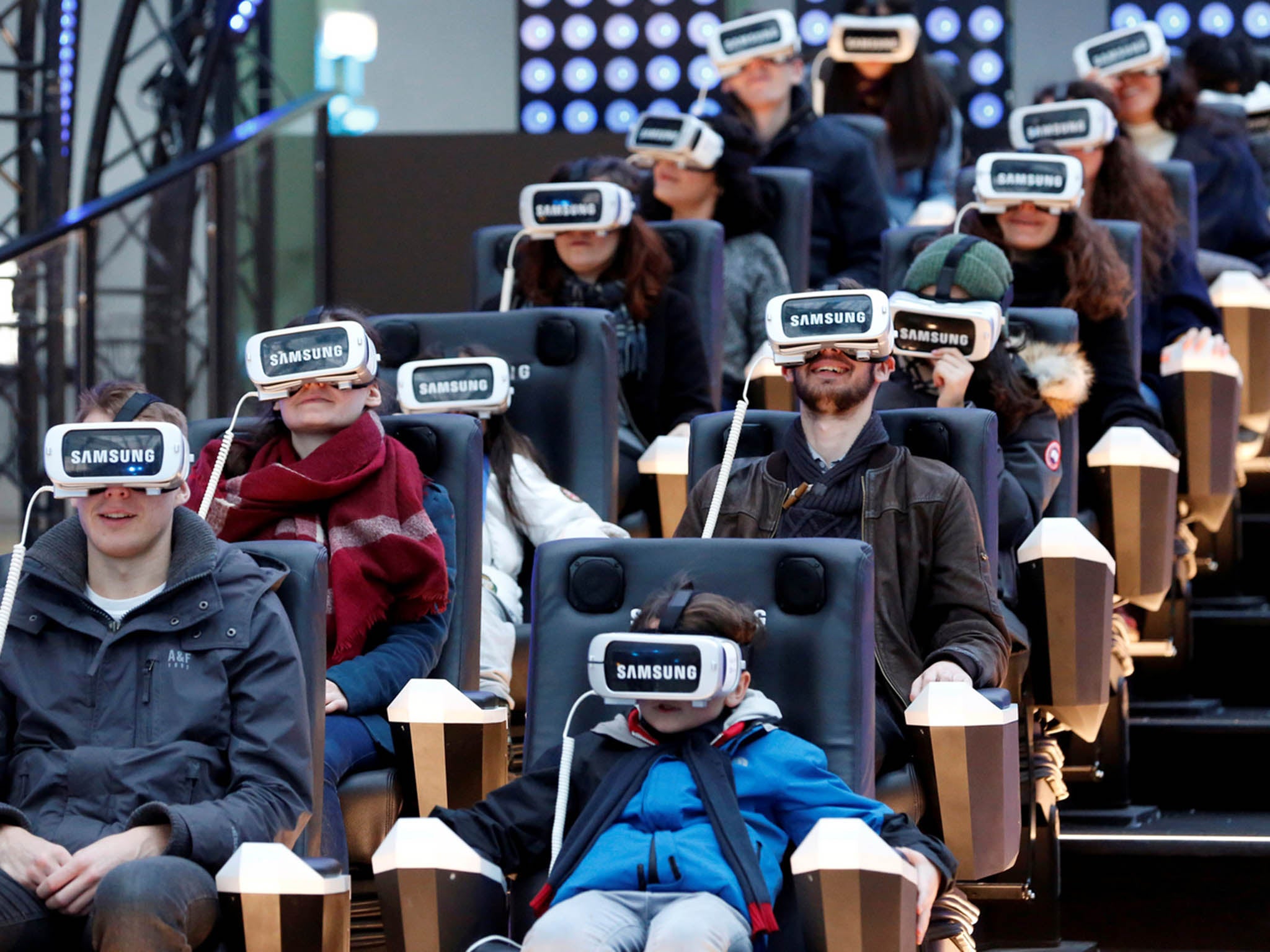VR cinema is here – and audiences are in the drivers’ seat
VR cinema explodes the frame, placing the spectator inside the space of a film. Audiences effectively edit it themselves, choosing what to look at and when

Your support helps us to tell the story
From reproductive rights to climate change to Big Tech, The Independent is on the ground when the story is developing. Whether it's investigating the financials of Elon Musk's pro-Trump PAC or producing our latest documentary, 'The A Word', which shines a light on the American women fighting for reproductive rights, we know how important it is to parse out the facts from the messaging.
At such a critical moment in US history, we need reporters on the ground. Your donation allows us to keep sending journalists to speak to both sides of the story.
The Independent is trusted by Americans across the entire political spectrum. And unlike many other quality news outlets, we choose not to lock Americans out of our reporting and analysis with paywalls. We believe quality journalism should be available to everyone, paid for by those who can afford it.
Your support makes all the difference.A new kind of cinema has arrived in a suburb of Melbourne. 12 comfy swivel chairs let the audience explore 360 degrees, visible through their headsets. This is proper virtual reality cinema, finally realised.
VR cinema has been a long-promised yet undelivered tease for cinephiles. The nascent boom in VR experimentation in the early 1990s was held back for decades by, among other issues, the technical limitations of creating media for this new form. In recent years, these have largely been overcome.
But what kind of cinema will emerge? Probably not traditional narrative productions: filmmakers must come up with new storytelling techniques to account for a technology that explodes the frame, placing the spectator inside the space of the film.
To explain briefly, VR cinema is filmed on a static camera that can record in 360 degrees. The unlimited perspectives of this camera allow a user wearing a headset to rotate and look at the complete 360 degrees, including along the vertical axis.
For a filmmaker, there are now new issues around such basic techniques as montage. Directors can no longer cut rapidly from image to image, compressing time and space. Audiences literally edit the film for themselves, by choosing what to look at and when.
Artists are already exploring these opportunities. Director Chris Milk’s 2015 work Clouds Over Sidra places the viewer inside the Za’atari refugee camp in Jordan, observing daily life. The film was made in conjunction with the United Nations to highlight the Syrian refugee crisis.

Milk, in his March 2015 TED talk, describes how he was driven by a desire to put the viewer not just “inside the frame”, but “through the window.” This desire was driven by what he saw as VR’s capacity to accentuate human connection: VR as an “empathy machine”.
The placement of those watching inside the space of the film prompts many VR filmmakers to directly address the viewer, as either a character or a kind of objective camera in the world of the narrative.
The horror short Escape The Living Dead, for example, initially places the viewer as one of a small group of survivors fleeing a zombie invasion in the back of a jeep. It even goes so far as to transform you, the viewer, into one of the zombie horde after you are bitten during the escape.
An inner monologue (addressed to the viewers through their headset) acknowledges “I’m turning!” as your normal vision begins to blur and black out. When you come to, your perception is distorted and licked by flames, and, as you glance from side to side, you realise you are now one of them: a zombie. As such, you now mindlessly pursue the final survivor, your wife, even as she fires bullet after bullet directly at you.

This complete breakdown of the “fourth wall” has tremendous implications for conventional cinematic storytelling. As directors grapple with newly available technology, audiences can perhaps expect to see more films that create “experiences” rather than “narratives”.
One group of filmmakers, the Oculus Story Studio, has recommended that VR cinema should “let go” of trying to direct viewers’ gaze, to avoid storytelling that feels “forced, staged and artificial.”
Where many early VR projects were inclined to attempt to draw spectators’ attention to one particular part of the 360 degree world, more contemporary projects have embraced its unique facility for immersion and interactivity.
Australian artist Lynette Wallworth used this capacity to help the viewer understand the implications of nuclear testing in the West Australian desert for the indigenous Martu tribe, in her beautifully executed work Collisions.
Perhaps the most powerful potential of this “empathy machine” is the possibility for cinematic projects that are able to respond to and react to the viewer’s choices.
This would require database-style narratives, where an alternative path taken by a viewer – for example, where to look and when – would have different outcomes designated by the filmmaker.
This kind of cinema becomes similar to the “Choose Your Own Adventure” series, and has been experimented with in the past: 1967 Czech film Kinoautomat, for example, had a moderator who would allow the audience to make a choice between two narrative options at several points during the film. VR, however, could integrate this directly into the viewing experience based on where the viewer directs their attention.
Experimentation in the field is continuing at a rapid pace, with Disney and Lucasfilm developing VR Star Wars projects. There has also been much speculation that Steven Spielberg, who previously signed on as an advisor with Virtual Reality Company, is making a project solely for VR.
New venues like Collingwood’s Virtual Reality cinema, which uses a custom Group VR system so the audience can see each other as well as the film, are giving smaller filmmakers opportunities to develop and show VR work.
And the most important basic units of true VR – the immersive headsets, which need to be paired with separate hardware like a computer or phone – are becoming increasingly available to home audiences.
The commercial release of the Oculus Rift and HTC Vive headsets earlier this year, and the recent long-awaited release of the PlayStation VR headset, will all undoubtedly encouraged further development in VR cinema, as will the Samsung GearVR and Google Daydream.
Virtual reality will probably not replace conventional cinema. But it will create a whole new area of film that is less concerned about constructing a story in images. Instead, perhaps, it will be a realm where artists can immerse us inside imagined worlds in a whole new way.
Adam Daniel, Ph.d Candidate, Western Sydney University. This article first appeared on The Conversation (theconversation.com)
Join our commenting forum
Join thought-provoking conversations, follow other Independent readers and see their replies
Comments